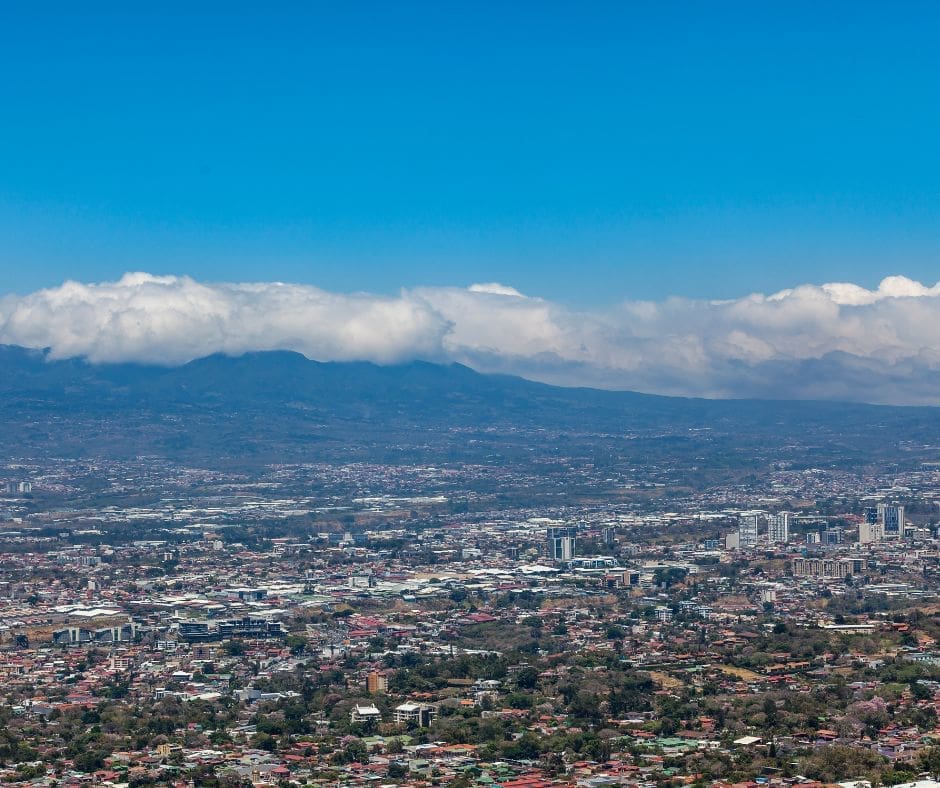
Navigating the Waves of Costa Rican Property Investment: Insights for Newcomers
Buying real estate in Costa Rica offers an exhilarating mix of opportunity and beauty, making it a coveted destination for investors from across the globe. This tropical haven is not only celebrated for its verdant rainforests and pristine beaches but also for its robust economic stability, which beckons a colorful spectrum of investors—from tranquil retirees seeking a serene lifestyle to savvy entrepreneurs ready to tap into the thriving tourism market. However, navigating this appealing yet complex market requires a keen understanding of its nuances, especially in periods when the investment climate appears particularly vibrant or even potentially overheated.
The magnetic allure of Costa Rica’s real estate isn’t just its idyllic settings but also the country’s welcoming stance towards foreign investors. Regions like Guanacaste and the Central Pacific coast have experienced consistent appreciation in property values due to ongoing tourist influx and a steady stream of expatriates settling down. This rising demand has led to a surge in property prices, presenting the dual challenge of high potential returns and the risk of entering the market at its peak.
The legal landscape in Costa Rica is particularly investor-friendly, allowing non-residents to own property outright—a significant perk that simplifies the process. However, prospective investors must diligently navigate the complexities of local regulations, including strict zoning laws and environmental protections, especially in coastal and protected areas. Engaging with a seasoned local attorney is crucial; they will ensure all legalities are thoroughly vetted, from verifying clear property titles to ensuring compliance with the Maritime Zone Law for properties close to the shoreline.
In a market perceived as overheated, the risks of overvaluation and liquidity quickly come to the forefront. For instance, the pandemic’s initial impact saw a spike in demand for secluded properties, driving up prices in less accessible areas. While tempting during a boom, these investments can see significant corrections once normalcy resumes, as evidenced in regions like the Osa Peninsula. Investors should thus focus on comprehensive market research, evaluating not just current pricing but also potential long-term trends influenced by infrastructural developments and shifts in tourism.
A strategic approach can be particularly beneficial in such a dynamic market. Savvy investors might focus on emerging locales poised for growth due to new developments or increased accessibility. Investing in properties with unique attributes, such as sustainability features, can also attract a premium in today’s eco-conscious market. For example, retrofitting an older property in a well-established area like Manuel Antonio with modern, green technologies could significantly enhance its value and appeal.
Knowing when to step back is as crucial as recognizing a good investment opportunity. Set clear, stringent criteria for any potential investment, including expected returns, rental yields, and legal clearances. If a property does not meet these standards, or if the investment seems overly speculative without solid fundamentals, it may be wise to walk away. The experience of investors in Limón, who suffered losses due to an overestimated tourism boom, contrasts sharply with those in the Arenal region, where early investments paid off handsomely as the area grew in popularity.
Navigating the vibrant and complex real estate market of Costa Rica requires not just capital but also a deep understanding of market dynamics, legal considerations, and strategic foresight. With the right approach, investors can uncover substantial opportunities and navigate the potential pitfalls of an overheated market, securing profitable ventures in this tropical paradise.






